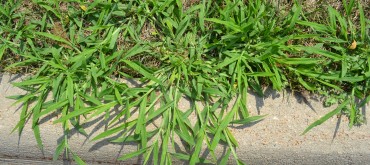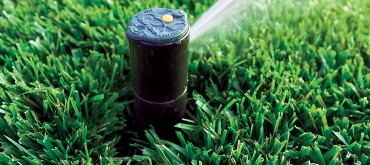As we approach the beginning of September, we wanted to take this week to share a bit more about the biology of grubs, their behavior within our lawns, and the best course of action to take to prevent their damage.
First off, let’s define what a grub actually is. A Grub is referred to as the larvae stage of what grows to become a beetle. Here in Ontario, we come across three types; European chafer, June beetle, and Japanese beetle. As Grubs, they appear soft and white with C -shaped bodies spanning anywhere from 3mm to 1 inch long. Their heads are either a tan or brown color and they possess 6 small legs. These larvae, like many other insects, are quite commonly found in various home lawns. They feed on the turf grass roots found within the soil and generally do not cause any damage as long as the lawn is able to regenerate its roots at a faster pace than the feeding.
So what happens if the lawn is not able to regenerate its roots? Or the feeding is outpacing root growth? This can occur in rare cases where there are a severe number of grubs present in the lawn at one time (exceeding a population threshold of more than 10-20 grubs per square foot), or in cases where the lawn is in a more vulnerable state from already present stressors (i.e heat, lack of water, lack of nutrients, exposed slopes, etc).
Each lawn has its own threshold when it comes to these various stressors and to increase that threshold, it is important to constantly assess your maintenance practices. Applying products such as Nematodes or GrubGone at this time of year (when they are newborns and close to the soil surface) does act to suppress the number of insects, but only by a small percentage. Whereas the bigger solution lies in improving root development. Fertilize regularly, water deeply and infrequently, and mow every 5-7 days no shorter than 3 inches. A fall aeration also goes a long way in promoting greater root development.
If you have any additional questions pertaining to grubs or the condition of your specific lawn, please feel free to contact our office!





